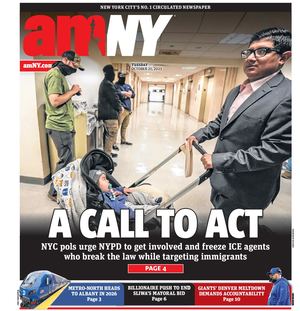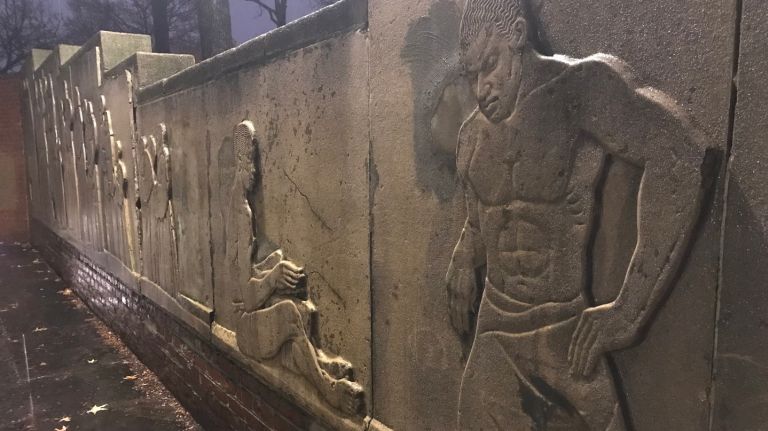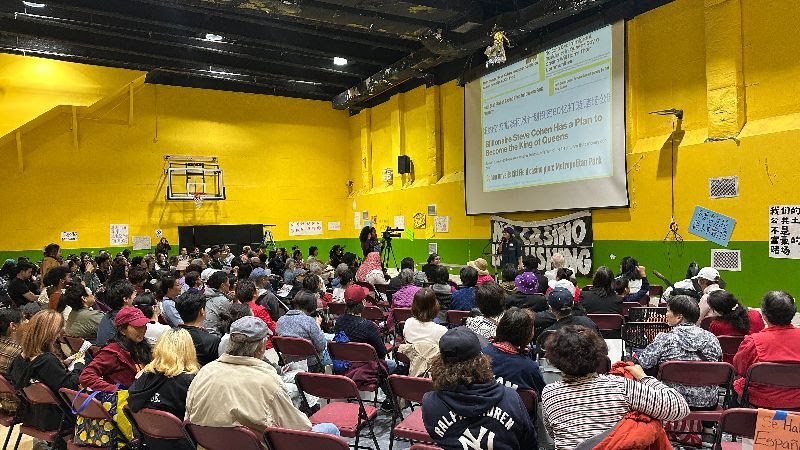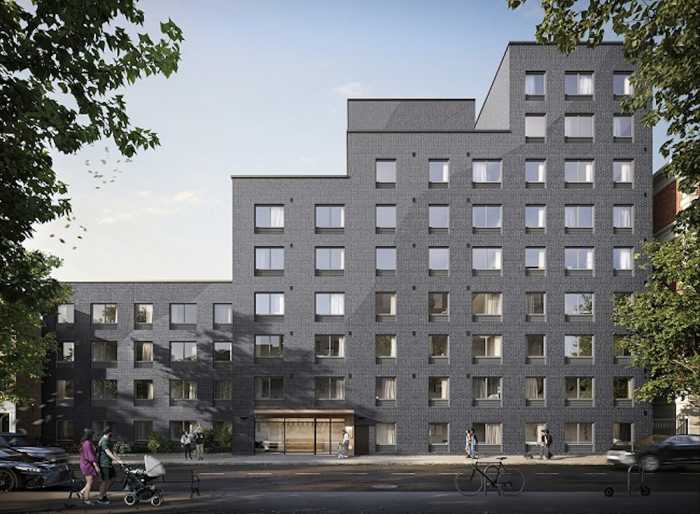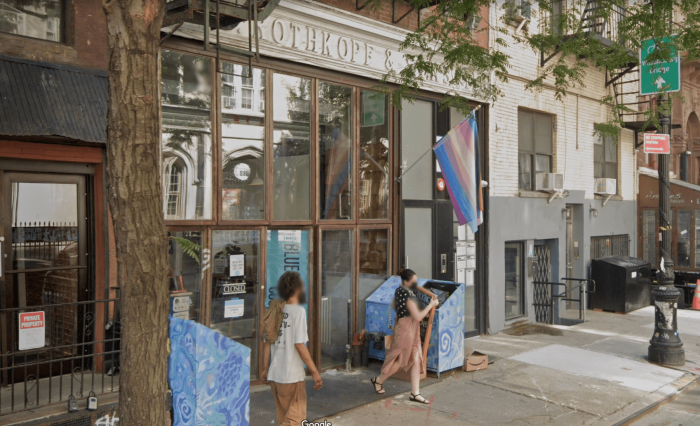
At the end of the 1930s, gay African American sculptor Richmond Barthé was working on decorative panels for the new Harlem River Houses, a federal housing project intended for black residents.
The way you know things were different back then was that kids were swimming in the Harlem River. Also, it was a more hopeful time for housing. Barthé’s frieze, made up of long stretches of cast-stone, was meant to be part of a planned amphitheater. The artist wanted it to be a place of education, “inspirational for black people,” says York College’s Margaret Rose Vendryes, author of the book “Barthé, A Life in Sculpture.” So he sculpted scenes of black people dancing and the exodus of the Israelites.
But the amphitheater was never made, and the panels were eventually shipped to Brooklyn, placed in a housing development with mostly white residents. It was disappointing for Barthé, who had all that hope for the Harlem housing project.
That’s one way things haven’t changed, that housing projects in New York can be disappointing. After our column last week about the lack of heat and crumbling infrastructure in the present day New York City Housing Authority, a reader got in touch to point to another way NYCHA was coming up short.
It was the Barthé frieze, now at the Kingsborough Houses, no longer a mostly white development. And parts of the panels are crumbling.
The reader was Michele Bogart, a former vice president of what is now the city’s Public Design Commission. She had heard that the art was in trouble and was shocked at the state of the panels when she went to take pictures of them on Friday, a surprising and imposing freestanding art-deco wall in the middle of the towers. There are open joints, hairline cracks, large holes or disfigurations between some of the dancers’ legs. All can lead to worse problems when rain seeps in, and ice and snow.
These are proud sculptures. Barthé was an important African American artist, an heir to the Harlem Renaissance, says Vendryes. He did things with his art that no one was even trying at the time, and he was certainly one of very few experimenting with the black nude body. It got him into trouble, like how his memorial for African American writer James Weldon Johnson got blocked, in part by Robert Moses, according to Bogart. The body would have been naked, placed at an entrance to Central Park.
That never happened, just like the amphitheater.
And now his impressive friezes are cracking in Brooklyn.
Bogart is a champion of public art who is trying to find a champion for Barthé. NYCHA is facing an urgent capital needs deficit of billions, but maybe money to protect the frieze can be found elsewhere. Alternative funding from the City Council? The borough president’s office? A partnership with something like the Ford Foundation, which has made a cause out of public art and expression?
Maybe the money is somewhere to fix what NYCHA couldn’t protect.
Bogart points to the city Parks Department which she said does a solid job maintaining and monitoring public art. NYCHA has an interactive map of its artwork.
“NYCHA would be happy to work with private donors who are interested in preserving these historic pieces of public art,” says spokeswoman Robin Levine, “but the unfortunate reality is that with a $32 billion deficit, our first priority this winter must be keeping our residents safe and warm.”
Unfortunately, NYCHA is finding it difficult to do either.
In some ways, the Barthé wall is a symbol for inattention at NYCHA more broadly. On a rainy Monday, residents hopped over enormous puddles and cracked sidewalks past the half-lit, battered but still-standing wall. If there was a plaque identifying the historic artwork, it sure wasn’t easy to find.
Like NYCHA developments, the wall has often needed care: the nearby Weeksville Heritage Center tried to get it on the National Register of Historic Places around 2011, according to the center, and Barthé, who died in 1989, himself begged off a restoration request in the 1970s.
Vendryes says that was “probably because he wished it would just crumble.” Bitter about an early version of poor NYCHA treatment.
